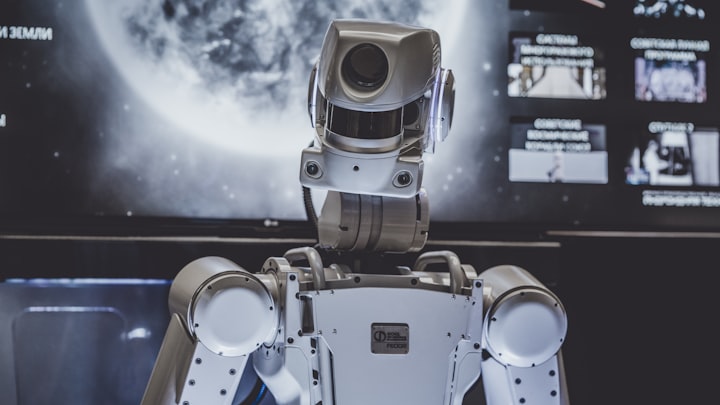Artificial intelligence and machine learning
Artificial intelligence and machine learning - An overview

Introduction:
Artificial intelligence (AI) and machine learning (ML) are fields of computer science that focus on the development of algorithms and systems that can learn and make decisions on their own without being explicitly programmed. AI and ML have become increasingly popular and are being used in various industries and applications.
One of the areas where AI and ML have made significant progress is in natural language processing (NLP), which involves teaching computers to understand and interpret human language. This has led to the development of voice assistants, chatbots, and other conversational interfaces that can help users interact with technology more intuitively.
Another area where AI and ML are making significant progress is in computer vision, which involves teaching computers to understand and interpret visual information. This has led to the development of self-driving cars, facial recognition systems, and other applications that can analyze and interpret images and videos.
In addition to these areas, AI and ML are being used in various industries, including healthcare, finance, and manufacturing. For example, in healthcare, AI and ML are being used to improve disease diagnosis, drug development, and patient care. In finance, AI and ML are being used to detect fraud, automate trading, and improve risk management. In manufacturing, AI and ML are being used to optimize production processes and improve product quality.
How is Artificial intelligence and machine learning connected:
Artificial intelligence (AI) and machine learning (ML) are closely connected, with machine learning being a subset of AI. AI refers to the development of systems and algorithms that can perform tasks that typically require human intelligence, such as recognizing speech, interpreting natural language, and making decisions. ML, on the other hand, is a method for achieving AI, by using algorithms that can learn from data and improve over time.
Machine learning is a way of training AI models by feeding them data and allowing them to learn from that data. The machine learning algorithm can identify patterns and relationships in the data and use that information to make predictions or decisions. As more data is fed to the machine learning algorithm, it becomes better at predicting outcomes or making decisions. This process is called "training" the machine learning model.
In other words, machine learning is a subset of AI that allows computers to learn from data and make predictions or decisions without being explicitly programmed. AI, in general, can incorporate other techniques such as rule-based systems, expert systems, and natural language processing to achieve intelligent behavior.
The machine learning is a key component of AI, allowing computers to learn from data and improve their performance over time. As the field of AI continues to evolve, it's likely that machine learning will continue to play an important role in enabling intelligent systems and applications.
Future of Artificial intelligence and machine learning:
The future of artificial intelligence (AI) and machine learning (ML) is highly promising, with many exciting advancements and applications on the horizon. Here are a few potential future developments:
1. Increased automation: As AI and ML systems become more sophisticated, they are likely to replace more jobs that were previously done by humans. This could lead to increased efficiency and productivity but could also cause job displacement and social disruption.
2. More personalized experiences: With the help of AI and ML, businesses will be able to provide more personalized experiences to their customers, such as personalized recommendations and tailored content.
3. Improved healthcare: AI and ML can help improve healthcare by analyzing large amounts of data to identify patterns and insights that can be used to develop more effective treatments and therapies.
4. Advancements in robotics: AI and ML will continue to advance the field of robotics, making it possible to develop more advanced robots that can perform complex tasks and interact with humans more naturally.
5. Better decision-making: As AI and ML systems become more sophisticated, they will be able to make more informed and accurate decisions in areas such as finance, logistics, and customer service.
6. Increased use in education: AI and ML have the potential to revolutionize education by providing personalized learning experiences, automated grading, and more efficient teacher support.
7. Improved natural language processing: AI and ML systems will continue to advance in their ability to understand and interpret natural language, making it possible to develop more advanced voice assistants and chatbots.
Hence, the future of AI and ML is very exciting, with many potential applications and advancements on the horizon. However, as these technologies continue to evolve, it's important to consider their ethical and social implications and to ensure that they are developed and deployed in a responsible and transparent way.





Comments
There are no comments for this story
Be the first to respond and start the conversation.